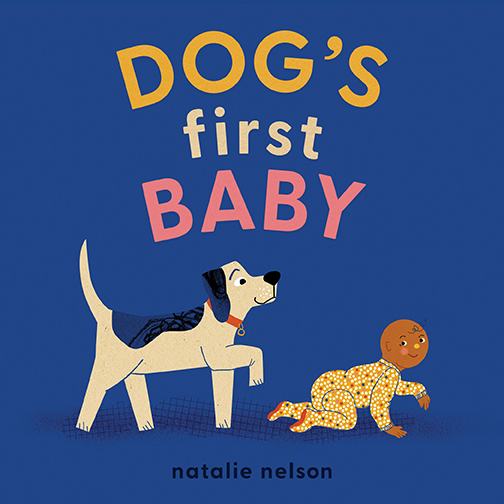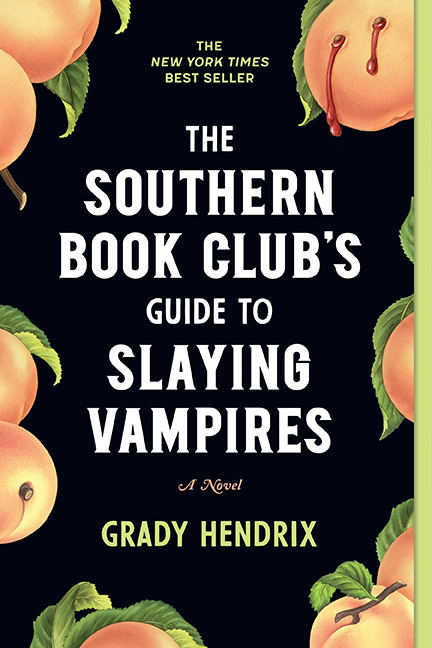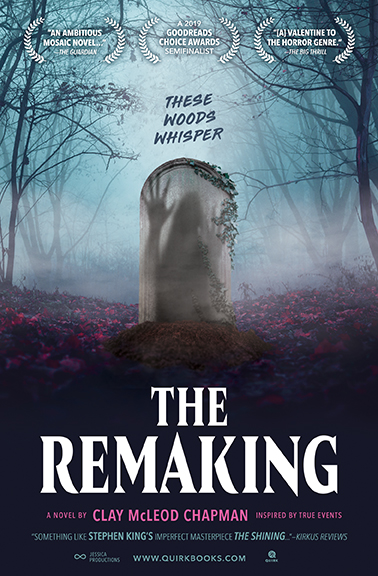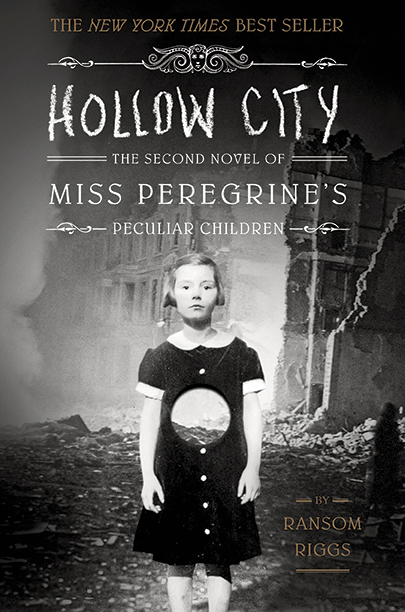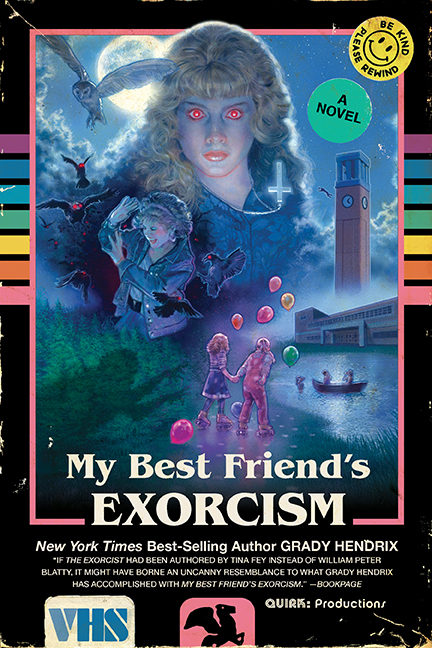Our Blog
The Best & Worst Schools in Fiction
“How do you know the summer is really and truly over? My dad says it’s over precisely one second after midnight on September 21st. My friend Ellen says it’s over the minute you start thinking about whether to buy a binder, or a spiral notebook for school. But for me, the way I know the summer’s a goner is when my brother Pete and Artie, the Strongest Man in the World, go to the beach and try to beat up ocean.” – Pete Wrigley (the older one), from The Adventures of Pete and Pete.
September means school. Even for those of us who aren’t in school anymore, September still means school. It means shorter days, hooded sweatshirts, and getting abnormally excited about CVS having a huge sale on composition notebooks (whatever man don’t judge I do most of my first drafts in those things). Whether you’re moving, losing those precious Summer Fridays, or even just looking forward to finally getting rid of the kids so that they can go back to school, the cycle of the seasons still tends to revolve around that last hurrah of Labor Day, when something ends, or at least something changes, and we’re forced to face the coming fall, for better or for worse.
And yeah, okay, it could definitely be better. But at the same time, keep in mind that it could be a whole lot worse. So to cheer you up, here’s a list of 3 of the best fictional schools*, accompanied by a list of 3 of the worst fictional schools. Whichever helps to ease the pain of the coming autumnal onslaught. The kind of places you look to and wish you could attend — as well as the schools that should make you glad that hey, at least you’re not starting there this fall.
* Excluding our own Miss Peregrine’s Home For Peculiar Children and Lovecraft Middle School, of course, which are clearly the greatest educational facilities in which you could ever possibly enroll, ahem. Anyway, where were we? Right. Moving on.
Posted by Thom Dunn
How To Drink Like Your Favorite Writer: From Hemingway to Faulkner
Please note: We do not intend to condone nor glorify substance abuse. But it does make for some good stories. That being said, read on and learn how to drink like your favorite author.
Ernest Hemingway (Absinthe / Death in the Afternoon): Ernest Hemingway was known for a lot of things — but right now, we’re going to focus on his drinking habits rather than his blatant misogyny. Hemingway was a known advocate of absinthe, a green liquor made from wormwood and other herbs that was commonly referred to as “The Green Fairy” due to the presence of a chemical compound called thujone that is thought to induce hallucinations (you know, like fairies).
If you want to drink like Hemingway, know that he preferred to drink his absinthe as part of a concoction called “Death in the Afternoon” (named after his own nonfiction book of the same name). He describes the cocktail preparation as such: “Pour one jigger absinthe into a Champagne glass. Add iced Champagne until it attains the proper opalescent milkiness. Drink three to five of these slowly.”
That being said, Hemingway was not known for, uh, healthy habits involving alcohol, so uh, maybe you shouldn’t try quite the same dosage. I’d start with one, maybe two, and then go from there.

William Faulkner (Mint Julep via Joy the Baker): “There’s no such thing as bad whiskey,” Faulker once wrote. “Some whiskeys just happen to be better than others.” Which is particularly fitting coming from a master of the Southern Gothic genre, where the bourbon flows as freely as the Mississippi River, if the stories are to be believed. (Okay well I’ve never actually been to Mississippi, but he was born there, so it seemed fitting) Faulkner is still recognized as a kind of champion of hard drinking writers; by all accounts, the man literally required whiskey in order to put a word on the page. In his own words: “I usually write at night. I always keep my whiskey within reach; so many ideas that I can’t remember in the morning pop into my head.”
I assume that Faulkner was generally able to get these ideas down on the page before he passed out, so that his brilliant ideas that were otherwise lost in the morning were somehow still salvaged for the future. Although some sources actually insist that Faulkner avoided drinking while working, all can agree that upon completion of a project, he would go out on a bender that would last for several days as a means of escape and decompression.
Whatever his habits, Faulkner preferred to take his whiskey in the form of a mint julep. He even had a metal cup that he preferred to drink out of, which stands on display to this day at the William Faulkner House in Oxford, Mississippi, accompanied by his personal recipe: whiskey, 1 teaspoon of sugar, ice, and mint. Simple enough — and quite delicious!

F. Scott Fitzgerald (Gin Rickey via Food52): It’s only fitting that the man who brought us the raucous parties of The Great Gatsby know a thing or two about partying himself. He and his wife Zelda were a raging pair of drunken pranksters, a ferocious force to be reckoned with. I mean, when your buddy Ernest Hemingway tells you that your wife is a bad influence on you and makes you drink too much? That’s saying something.
The Fitzgeralds’ decadent lifestyle did not come without its consequences, but that’s a story better saved for the sequel. “First you take a drink, then the drink takes a drink, then the drink takes you,” said Fitzgerald, and for he and Zelda, that drink was the gin rickey (supposedly, he thought that gin was more difficult for others to detect on your breath): 2 shots of gin mixed with ¾ oz of lime juice, poured over ice in a highball glass and topped with club soda and a garnish of lime. While I can’t guarantee this drink’s discretion, I can guarantee a deliciously refreshing cocktail.
Posted by Thom Dunn
Beckett’s Last Tape; Or, Waiting for Quantum Leap
Samuel Beckett was born on April 13, 1906 outside of Dublin. Sam Beckett was born August 8, 1953 in Indiana, eight months after the world premiere of Samuel Beckett’s acclaimed stage play Waiting for Godot in Paris, France. Samuel Beckett died on December 22, 1989 — just 9 months after Sam Beckett made his first appearance in the series premiere episode of the NBC time travel drama Quantum Leap.
Coincidence? Well, okay. Maybe. But still. Bear with me here.
Posted by Thom Dunn
A Guide to Pairing Your Comics & Beer
Don’t be like Wolverine. Drink responsibly.
Throughout history, mankind has always found reasons to add booze to everything, under the auspices of somehow making it classier. Eventually, people figured out how to use these seemingly tangential excuses for drink as a means of complementing and enhancing their experiences. Drinking wine? For shame! Wine and cheese? Perhaps a side of delicious red steak? Now we’re talking! Drinking in the morning? Forbidden! Orange juice in your cocktail at brunch? Fantastic and socially acceptable! Even in a recession, when people are cutting corners and forced to find new ways to be frugal – everyone still likes to drink.
The point is, drink pairings are classy. And in a world where comic books are finally seen as “cool,” why not add class it up some more? Comic books are an event, after all. I guess what I’m trying to say is this all just a clever ruse for me to combine two of my biggest passions into one delectable event. Comics and Beer – the perfect combination. But like wine and cheese, the real trick is in finding a brew that will somehow improve upon your comic book affair. One that accentuates the proper tones, and enriches the flavor – a beer that you can experience along with your comic book. A beer that betters your comic book, and a comic book that betters your beer, all at the same time.
Here’s a brief guide to pairing your Comics and Beer:

Captain America: Captain America is, well, American. That’s kind of the point. But not in that corporate, militant, bully nationalism-type way. Cap stands for the American ideal, something that everyone can agree with and get behind, that’s not colored by politics and money. That’s why you’ll want to go for a microbrewed American-style lager or pale ale. Something clean, palatable, and easy to drink, something that everyone can agree on but is still wholly American. I’d personally recommend Brooklyn Lager (after his home turf after all), or Sam Adams Lager, or something similar.

Daredevil: The Man Without Fear is, of course, blind, but the rest of his senses are heightened and more than compensate for this. India Pale Ales (IPA) are flavorful and aromatic, thanks to an abundance of hops (historically added to act as a preservative so that English ales might survive the long trip to India). As a result, they engage the senses more than the average beer, and will encourage you to rely on more than just sight, like Daredevil himself. IPAs are also known for their bitterness, and as anyone who’s ever read a Daredevil comic can attest, bitterness and aguish run rampant in the life of Matt Murdock. The higher alcohol content will make your head spin, much like the conspiracies and ninja smoke that Murdock faces himself. Recommended for the uninitiated: Dogfish Head 60 Minute IPA, Mojo IPA, Harpoon IPA.
{C}
Posted by Thom Dunn
Life is a Game of Chess: The Top Ten “Chessmasters” in Pop Culture & Literature
Life is a game of chess. Somethingsomething Queen takes King. I don’t know.
Chess, that master game of strategy, has always been a popular motif in literature and popular culture, especially in the realms of genre fiction, and the Chessmaster himself is often one of the most popular characters in the story. You know what I’m talking about – he’s smug, clever, full of secrets hid behind a smarmy little smirk. He knows the endgame well before the first pawn is placed, and he spends the entire story manipulating his opponent(s) to reach that one desired outcome, whatever it might be.
Sometimes he’s the most evil guy on the board, playing tricks and screwing over everyone to serve his mysterious purpose. Sometimes, he’s the greatest hero, who just knows what has to happen to ensure that the good guys win. Either way, we’re fascinated by him. Try as the reader or audience might, the Chessmaster always remains 3 to 4,000 steps ahead of them – he always keeps us guessing. And even when we think we’ve got him figured out, suddenly the Pawn becomes a Queen and the game is just beginning.
Here are (in no particular order) 10 of the more notable Chessmasters in the realm of pop culture/fiction. Granted, not all of them won in the end, but certainly all knew how to play the game. Some spoilers to follow, but I’ll try to avoid giving away too many details and ruining the fun.
Posted by Thom Dunn
